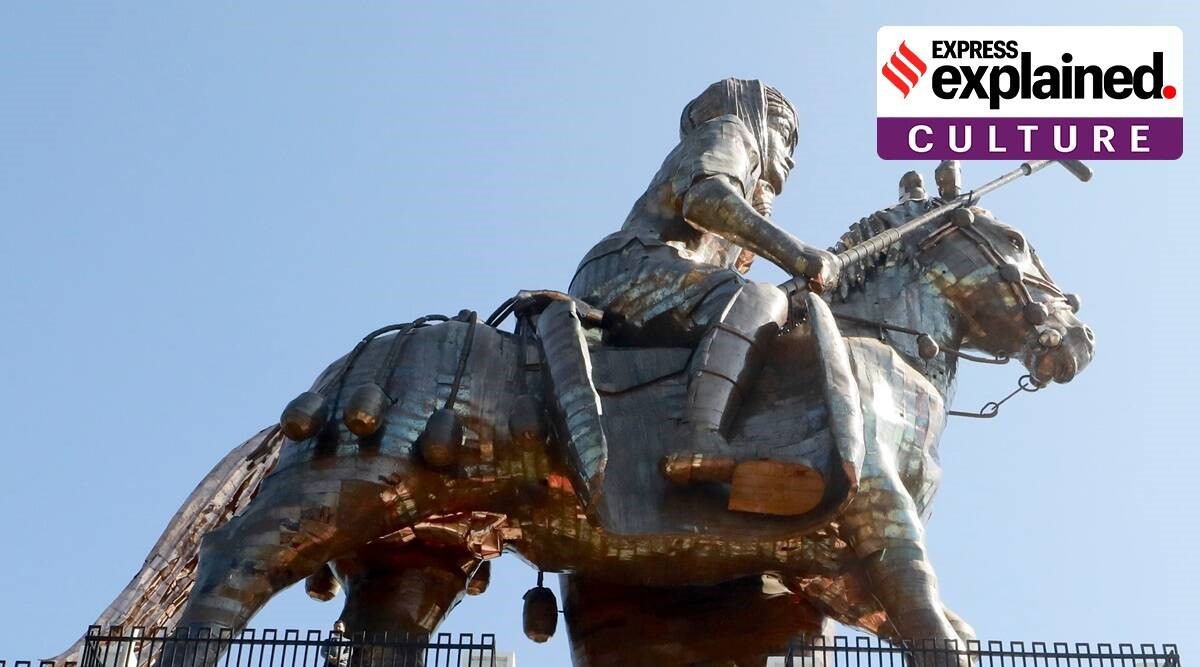Free Courses Sale ends Soon, Get It Now


Free Courses Sale ends Soon, Get It Now



Disclaimer: Copyright infringement not intended.
Context: Part of Home Minister Amit Shah’s program in Manipur was the inauguration of a 122-foot-tall statue of a polo player astride a Manipur Pony in Imphal, a project that has been in the works for several years now.
Details:
© 2024 iasgyan. All right reserved